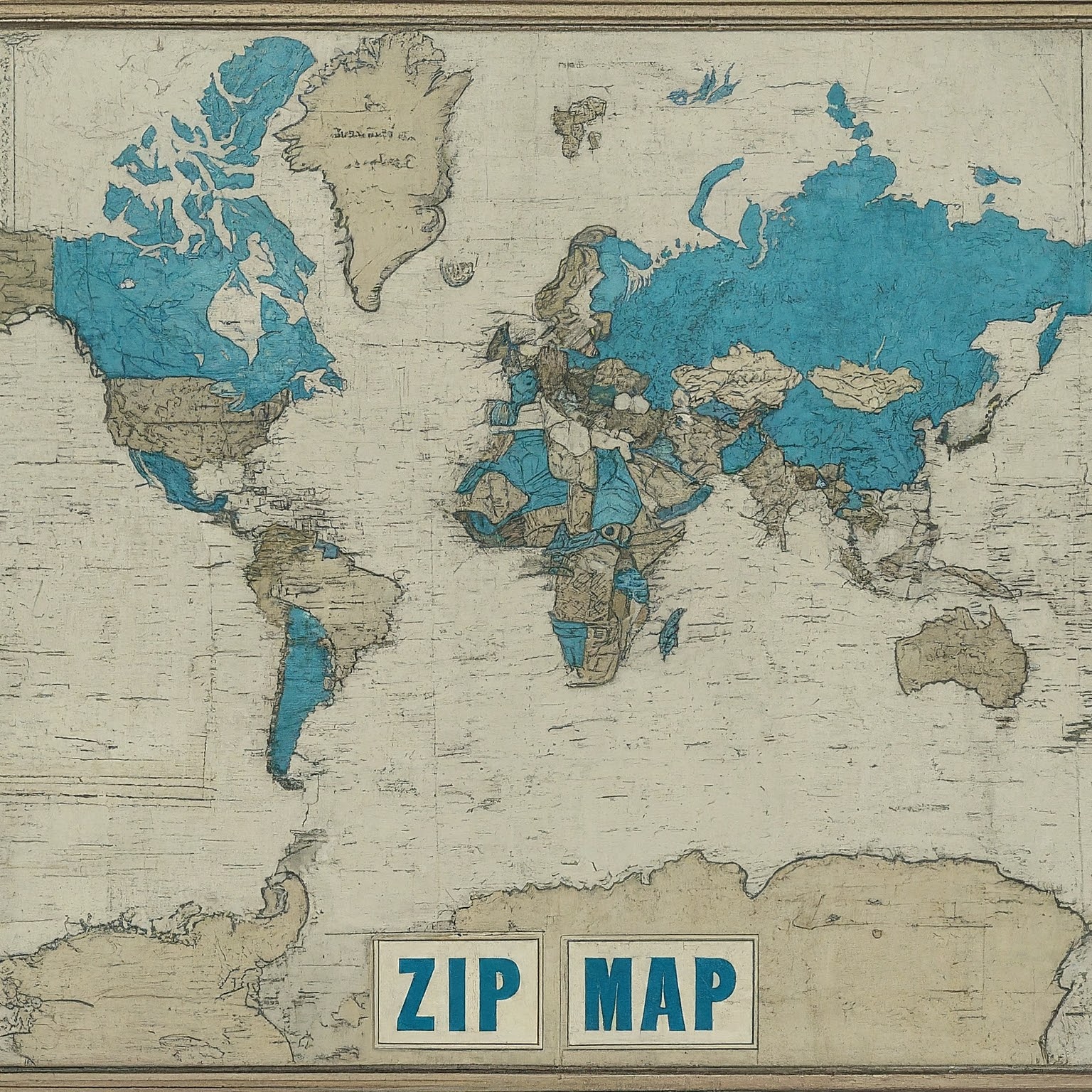The unassuming zip code, a five-digit sequence ingrained in our daily lives, plays a crucial role in mail delivery. But what if we told you there isn’t actually an official “zip map” directly from the United States Postal Service (USPS)?

While you might find plenty of websites offering “zip maps,” it’s important to understand their limitations. These maps typically rely on estimates and interpretations of zip code data, creating a patchwork of zones that may not perfectly reflect reality. Zip codes themselves aren’t designed with strict geographic boundaries in mind. They often encompass irregular shapes, weaving through neighborhoods and streets.
So, why the discrepancy? Here’s the key: zip codes prioritize mail sorting efficiency over clean geographical lines. The first three digits pinpoint a central mail processing facility, while the last two digits direct mail to local post offices. This system streamlines mail flow, ensuring your letter reaches its destination swiftly.
However, this efficiency comes at the cost of a clear-cut zip map. Census Bureau data and commercial services can create visualizations to represent zip code coverage areas, but these are approximations, not official pronouncements.
So, what can you do if you need to find the zip code for a specific location? Don’t fret! The USPS website offers a reliable zip code lookup tool. Simply enter an address, and the tool will provide the corresponding zip code.
For a more visual approach, some third-party websites allow you to search for zip codes by clicking on an interactive map. While these resources can be helpful, remember that the boundaries you see might not be perfectly accurate.
The next time you encounter a zip map, keep in mind the fascinating interplay between functionality and geographic precision. While a true, official zip map may not exist, understanding the system behind these five digits empowers you to navigate the world of mail delivery with confidence.
لا تعليق